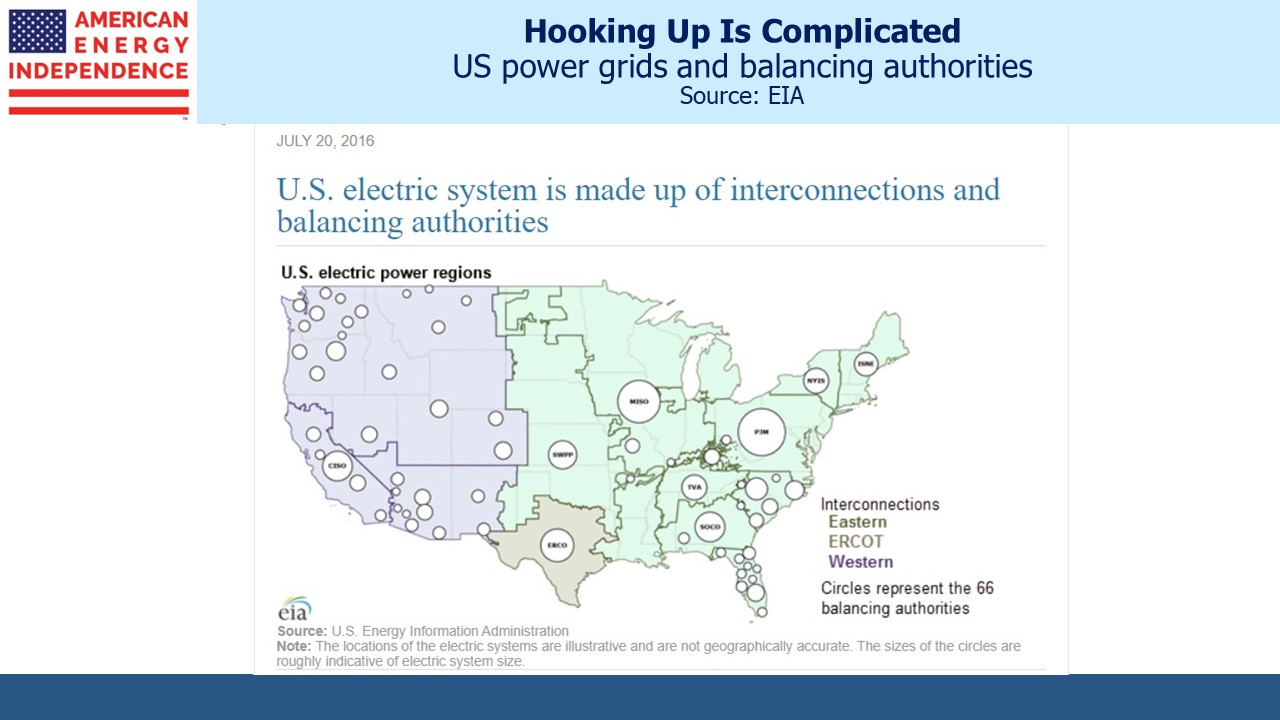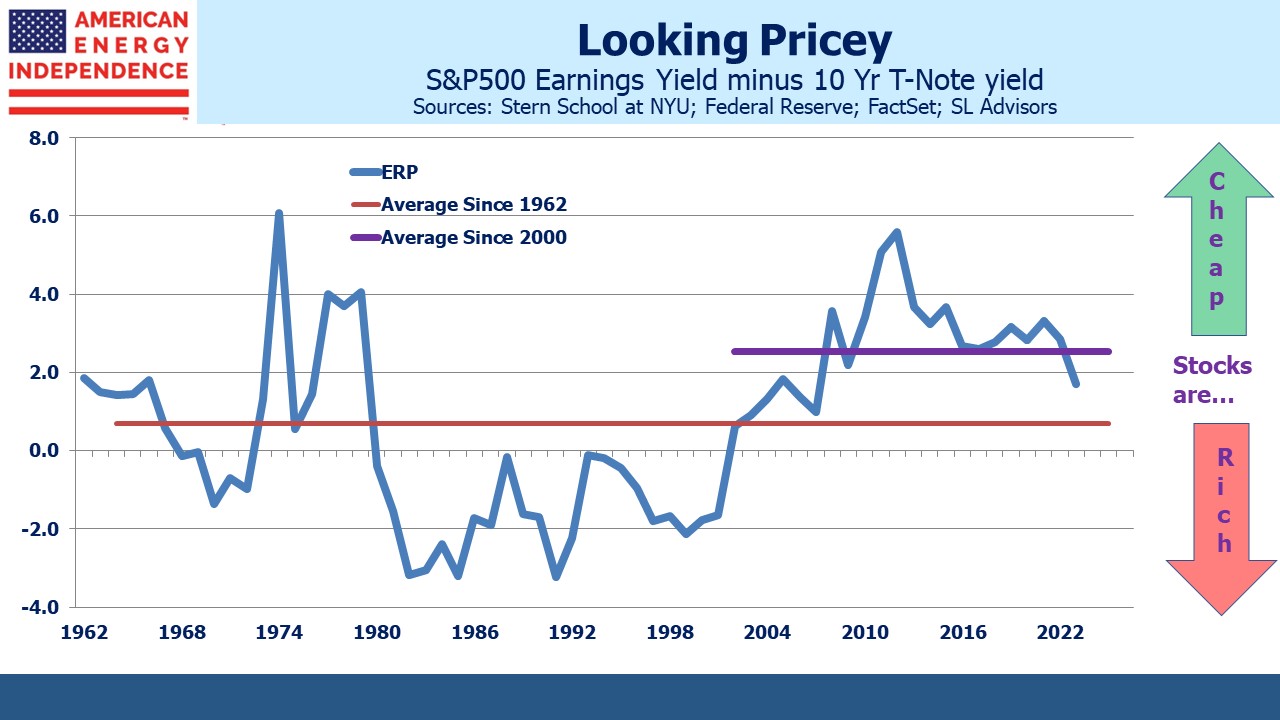Using Carbon Technology To Reduce Carbon
From time to time we come across new companies and technologies that offer the potential to reduce emissions, thereby contributing to the energy transition. One recent example is Sea Forest, an Australian company developing a seaweed-based food additive for cattle that will reduce methane emissions (see How Seaweed Can Fight Global Warming). A few weeks ago Bill Gates invested in Rumin8, another Australian company with similar objectives to Sea Forest.
Recently I chatted with Mitch Swergold, whom I first met around two decades ago when he was running a long/short technology hedge fund. Mitch heads investor relations for Zentek, a Nasdaq-listed company developing new products using graphene, a one-atom-thick layer of carbon atoms arranged in a hexagonal lattice. Graphene is a carbon-based nanomaterial that Zentek believes will be a key building block for a sustainable future. Carbon may offer solutions to the world’s carbon problem.
Mitch connected me with Zentek’s CEO Greg Fenton. Thousands of businesses are finding ways to link their activities to the energy transition. At SL Advisors we believe fossil fuels will be needed for many more decades, and we focus on natural gas because it offers the world’s best opportunity to reduce emissions by replacing coal.
We have no investment or other relationship with Zentek, but thought it would be interesting to share their story. Nothing here should be interpreted as an endorsement by us of Zentek or their products.
Zentek has two technologies designed to reduce energy consumption. One is a coating for HVAC (Heating, Ventilation, and Air Conditioning) and PPE (Personal Protective Equipment) which improves its filtering of particulate matter. This higher efficiency promises to reduce the need for higher-rated HVAC that require more energy to run in schools and buildings.
Another Zentek technology reduces rust and corrosion on steel used in all kinds of construction, which can make it last longer.
They are presented below in the words of CEO Greg Fenton:
Zentek develops and commercializes Intellectual Property (IP) based on graphene, which makes it possible to develop new, sustainability-oriented solutions for some of the world’s biggest challenges.
Because of graphene’s nanomaterial properties, our proprietary IP innovations are expected to give our commercial partners a competitive advantage by making our clients’ high-volume products better, safer, and greener, at a low incremental cost per unit, which means they will help create real impact in the real world and should be good for the transition and for the more efficient use of energy well beyond that transition. If we reduce the amount of energy required to accomplish the same outcome/task, that is as good in our book as using energy generated or stored in a different way, and if we can improve the efficiency of those, as well, better yet.
ZenGUARD™ is our first success story. It is a patented antimicrobial technology platform from which we have already launched two applications, with more to come. HVAC filtration systems were designed to filter particulate matter, not viruses and bacteria. A new generation of effective filtration is needed, without requiring capital upgrades or greater energy consumption. ZenGUARD™-coated filters meet that need, providing nearly 5x the viral filtration of same-rated uncoated MERV (Minimum Efficiency Reporting Value) 8 filters, according to testing by the National Research Council of Canada and further confirmed by LMS Technologies in the United States.
This should give many buildings, schools, and transportation systems a viable option vs. upgrading to more expensive higher rated filters and, importantly, not only save on capital upgrade costs, but also provide substantial savings vs the increase in energy usage required for higher rated filters, which we estimate can be as high 15%. With no additional capital costs and a significant pricing umbrella vs. a higher rated filter, which can cost more than twice as much as a lower rated filter, ZenGUARD™ provides a simple, elegant solution with a compelling ROI for building and transportation system owners, operators, and tenants, etc.
We recently announced our second patent-pending technology platform, ZenARMOR™, for corrosion protection applications. Testing by Quantum Chemicals, a leader in corrosion protection, showed that ZenARMOR™ significantly improved their best product in a side-by-side comparison. We think it should be useful for preventing rust and corrosion in applications such as bridges/infrastructure, naval/marine, oil and gas pipelines and valves, and rebar and steel in construction, etc. Less corrosion means less demand for metals, which means less energy consumption to extract and transport those metals, which is good for the environment and good for investors.
The possibilities for graphene to have a positive impact on numerous industries are nearly limitless – and we believe Zentek is uniquely positioned to generate long-term growth as these possibilities unfold.
We have three funds that seek to profit from this environment:

































